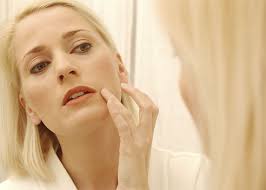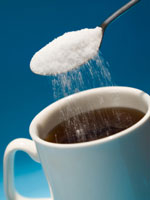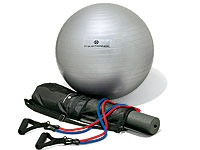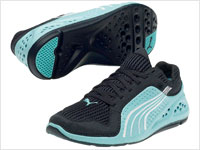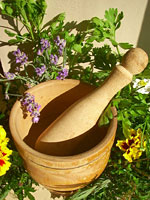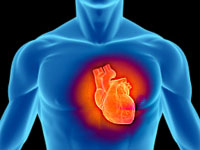Can you maintain a healthy life style without fit legs? No, it is not possible at

all. Perhaps the most important part of our legs is the knee. Bending, walking, running, working out, everything depends upon the fitness of knees. If you take care of this vital joint of your body, you might lessen the risk factor of acquiring
arthritis or its horrible symptoms. Having strong and firm quadriceps is the key to having strong and
healthy knees. If you concentrate on strengthening your key muscles of legs, that will help you maintain the cartilage in shape and healthy.A research was conducted in order to see if strong leg muscles can help kill knee pain and strengthen the cartilage in knee area. In this study, patients of
knee osteoarthritis were included and studied. It was observed that those patients who had strong quadriceps had a natural protection against cartilage loss in a specific area around knee, known as lateral compartment of the patellofemoral joint. This protection was not observed in any other area of the knee else than the one aforementioned. Also, patients with strong leg muscles were noticed to complain less knee pains. As for those who had week quad muscles, they neither got the natural protection nor were their pains lessened.

Along with prescribed exercises, there are certain food items that can help attain a healthy joints status. These foods include green tea (EGCG and ECG or catechins found in it help fight against osteoarthritis and rheumatoid arthritis to some extent), Coleslaw (vitamin K helps reduces the risks of osteoarthritis), ginger (helps in osteoarthritis), berries, avocado, omega-3 rich fish, soy and flaxseeds. These food items will surely lessen the risk factor as well as mitigate the symptoms. Have healthy knees, have healthy life.










